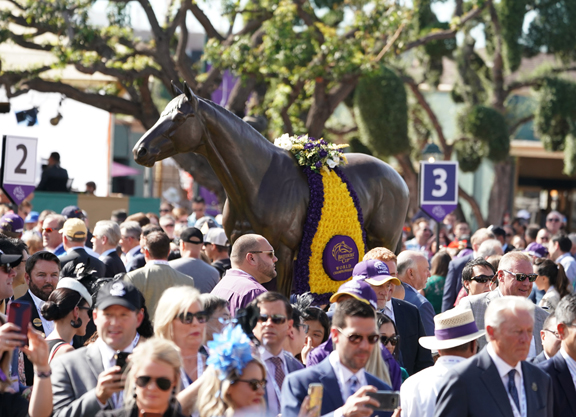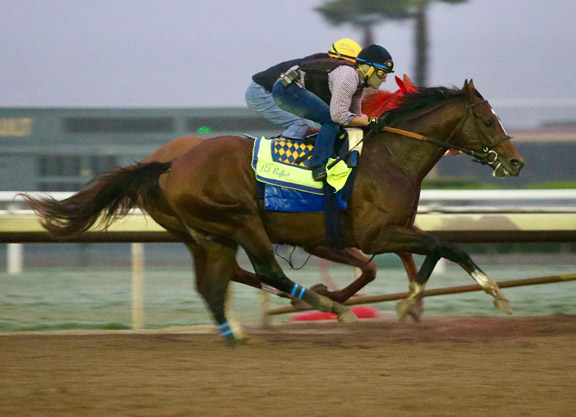Over the last eight months, the struggles of COVID-19 have affected our day-to-day lives. In the wake of the global pandemic, the theme of this year's Equine Industry Symposium will be RESILIENCE: Rethinking, Restructuring, Revaluating due to COVID-19. The event will be hosted as a live webinar via a zoom platform from November 16th through November 20th, 2020 each evening from 7 to 8 p.m. EST. This event is free upon advanced registration at the Eventbrite website.
How has COVID-19 affected you and your horse? Come find out at the 5th annual Equine Industry Symposium held virtually November 16-20, 2020.
Many of those in the equine industry have been impacted by the pandemic in multiple ways. Some of these challenges result from a lack of preparation, which can lead to insufficiencies both financial and of animal well-being. To address how to overcome these negative experiences and plan for a brighter future, each evening of this year's Equine Industry Symposium is focused on exploring the challenges presented by the pandemic, understanding its effects on the equine industry, discussing opportunities to re-evaluate and restructure, and proactively planning for situations similar to this that may occur in the years to come.
The symposium is hosted by students in the Bachelor of Bio-Resource Management Equine Management degree program at the University of Guelph, together with Ontario Equestrian and Equestrian Canada. Over the five evenings, live and pre-recorded speakers will discuss the effects of the pandemic in their areas of expertise followed by live question and answer sessions.
On Monday evening, Bronwynne Wilton from the Wilton Group will give a summary of the report provided to Equestrian Canada on the effects of COVID-19 on the equine industry. An open discussion with Danielle Glanc, farm policy analyst with the Ontario Federation of Agriculture, Jonathan Zammit, executive director of Ontario Racing, and Christine Reupke, director of Equestrian & Breed Sport at the Royal Horseshow in Toronto, Canada will provide insight on how they viewed and approached the pandemic from their respective equine communities.
On Tuesday evening, Melanie Barham will discuss farm and business planning. Sean Jones from Sunlife Financial will provide a five-step action list for designing a recession-proof financial plan. Catherine Willson, equine lawyer, and Mike King from Capri CMW insurance will discuss insurance implications and risk mitigation in light of COVID-19.
Wednesday evening will examine the effects of the pandemic on horse welfare. Gayle Ecker, director of Equine Guelph, will present the minimum standards of care as outlined in the Code of Practice for the Care and Handling of Equines. Roly Owers, CEO of World Horse Welfare, will analyze what welfare means and how to cope with pandemic restrictions without compromising welfare. Bettina Bobsien will discuss responsible decision-making for older and retiring horses.
On Thursday evening, Stewart Everett, UK Equine Register, and Nic de Brauwere, Redwings Sanctuary, will outline the traceability program in the UK. Kristy House from Equestrian Canada will give a summary of how traceability will be implemented in Canada and how it will assist with emergency situations like the pandemic.
Friday evening will begin with an address from Assistant Deputy Minister Frederic Seppey, Market and Industry Service Branch, Agriculture and Agri-Food Canada, on how the equine industry is positioned and how the ministry can support the industry moving forward. Kristy House, Equestrian Canada and Tracey McCaugue-McElrea, Ontario Equestrian, will discuss how industry organizations are helping the industry as a whole. The symposium will conclude with highlights of some of the positives that have emerged from the pandemic.
While this event is free, attendees may wish to support “For the Herd”, an emergency fundraiser administered by Ontario Equestrian to assist riding schools that are struggling to provide for their horses due to the loss of revenue from lessons and camps due to COVID-19. All proceeds raised go toward riding school facilities and their school horses across the province. For more information and to donate visit the For the Herd Website.
Read more here.
The post Free Virtual Equine Industry Symposium Focuses On COVID-19 Response appeared first on Horse Racing News | Paulick Report.


